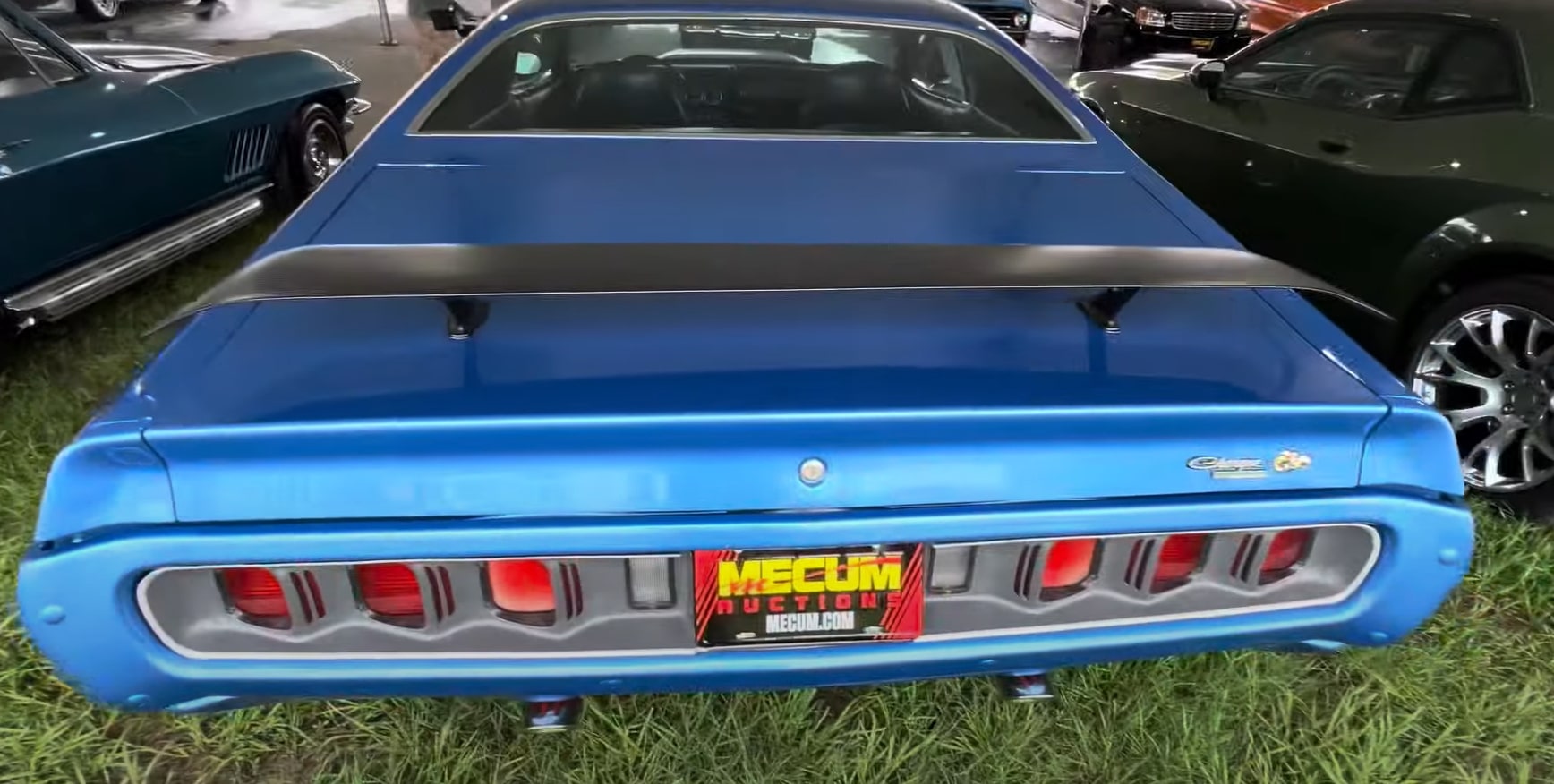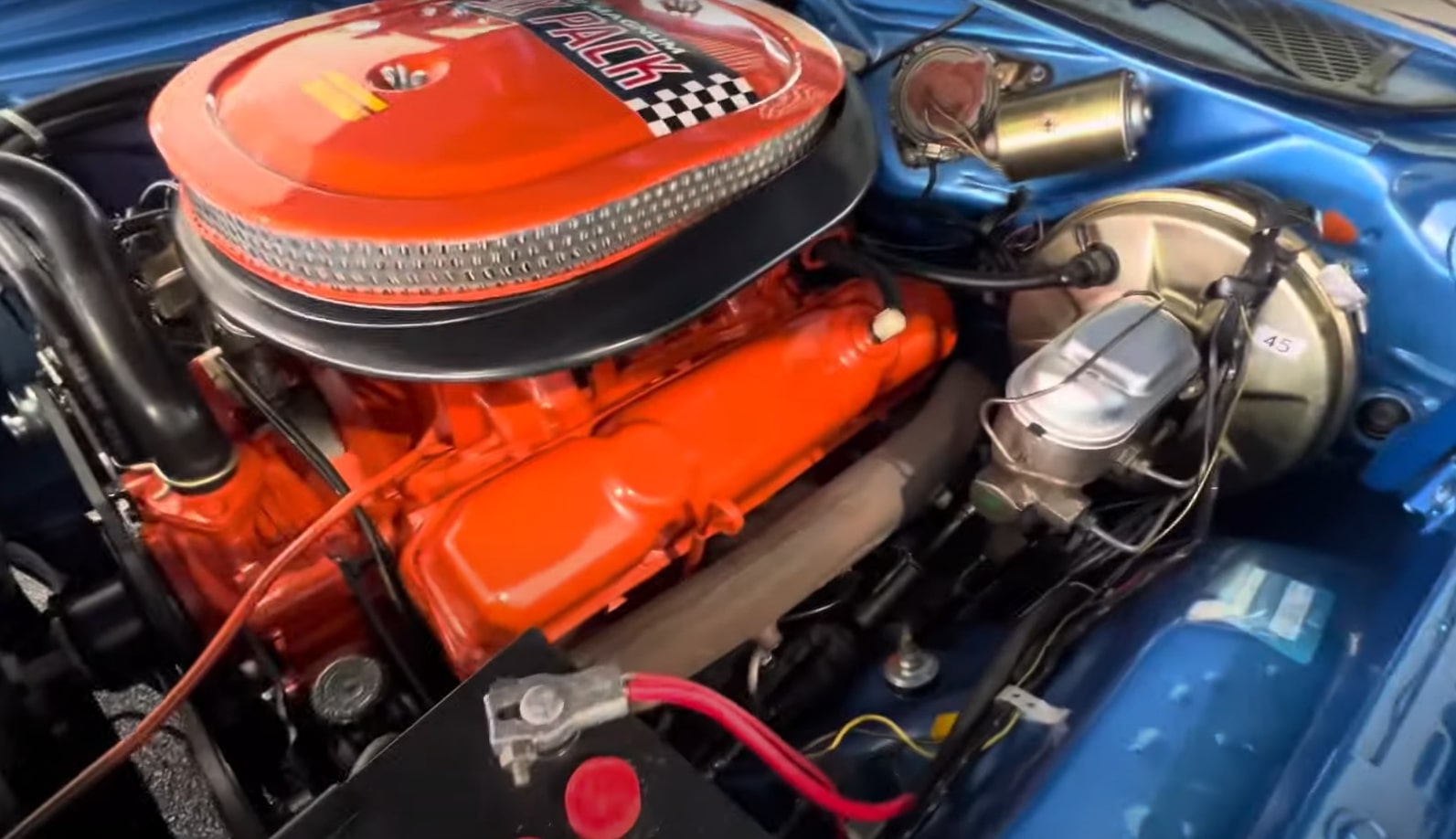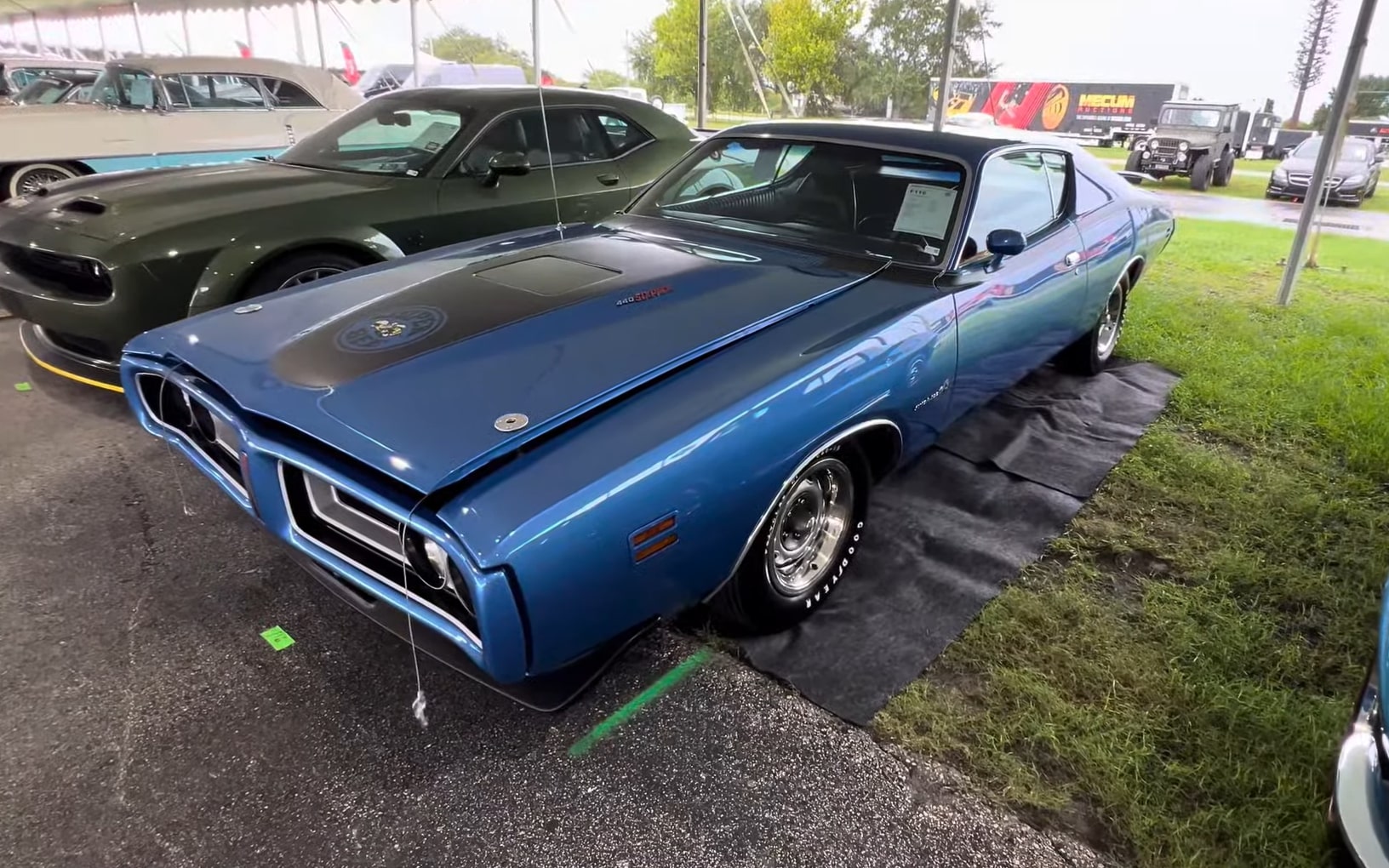In the late 1960s, Chrysler sought to expand its muscle car lineup with two affordable options: the Dodge Super Bee and the Plymouth Road Runner. Introduced in 1968, the Road Runner quickly gained popularity, outselling its counterpart by a significant margin. Despite similar performance, the Super Bee struggled to match the Road Runner’s success.
Both models underwent a redesign in 1971, adopting the “fuselage” body style, but their paths diverged in 1972. While the Super Bee was discontinued, the Road Runner continued production until 1974, evolving into a premium trim package for the Volare in 1975.

Today, both classic iterations of the Super Bee and Road Runner are highly sought-after by muscle car enthusiasts. However, the Super Bee, particularly the 1971 model, remains the rarest and most valuable option. Its limited production and unique design features make it a prized collectible among collectors.
The 1971 Super Bee’s distinctive styling, coupled with its powerful engine options, has solidified its status as a coveted classic. One of the key factors contributing to the Super Bee’s rarity is its relatively short production run. Unlike the Road Runner, which enjoyed a longer lifespan and higher sales figures, the Super Bee was produced in significantly smaller numbers.
This limited availability has driven up demand and increased its value over time. Furthermore, the 1971 Super Bee’s unique design features set it apart from other muscle cars of the era. Its distinctive front grille, side scoops, and rear spoiler give it a truly one-of-a-kind appearance.
These styling elements, combined with its powerful engine options and limited production, have made the 1971 Super Bee a highly desirable collectible for muscle car enthusiasts. Despite the Road Runner’s popularity, the Super Bee’s rarity and desirability have made it a standout among muscle car enthusiasts.
Its combination of limited production, unique styling, and powerful performance has solidified its status as a prized collectible. The 1971 Super Bee’s legacy as a rare and sought-after muscle car continues to capture enthusiasts and collectors around the world.
The 1971 Plymouth Super Bee is a rare and desirable muscle car, particularly in its B5 Blue color with a 440-cubic-inch Six-Pack V8 engine and a three-speed automatic transmission.

Only 108 Super Bees were equipped with the Six-Pack engine in 1971, and of those, only 69 were paired with the automatic transmission. This particular Super Bee is further distinguished by its factory-correct A54 body-colored bumpers, N96 Air Grabber hood, and Rallye wheels.
The Super Bee’s value has been demonstrated by its performance at auction. The car has sold for significant sums, reflecting its desirability and rarity. Its recent sale at Florida Summer Special 2024 for $148,500 is a testament to its market value and the continued appreciation for classic muscle cars.
The 1971 Plymouth Super Bee is a remarkable example of automotive engineering and design. Its combination of power, style, and rarity make it a highly desirable collectible. Whether you are a passionate muscle car enthusiast or simply appreciate the beauty and history of classic cars, this Super Bee is sure to impress.

